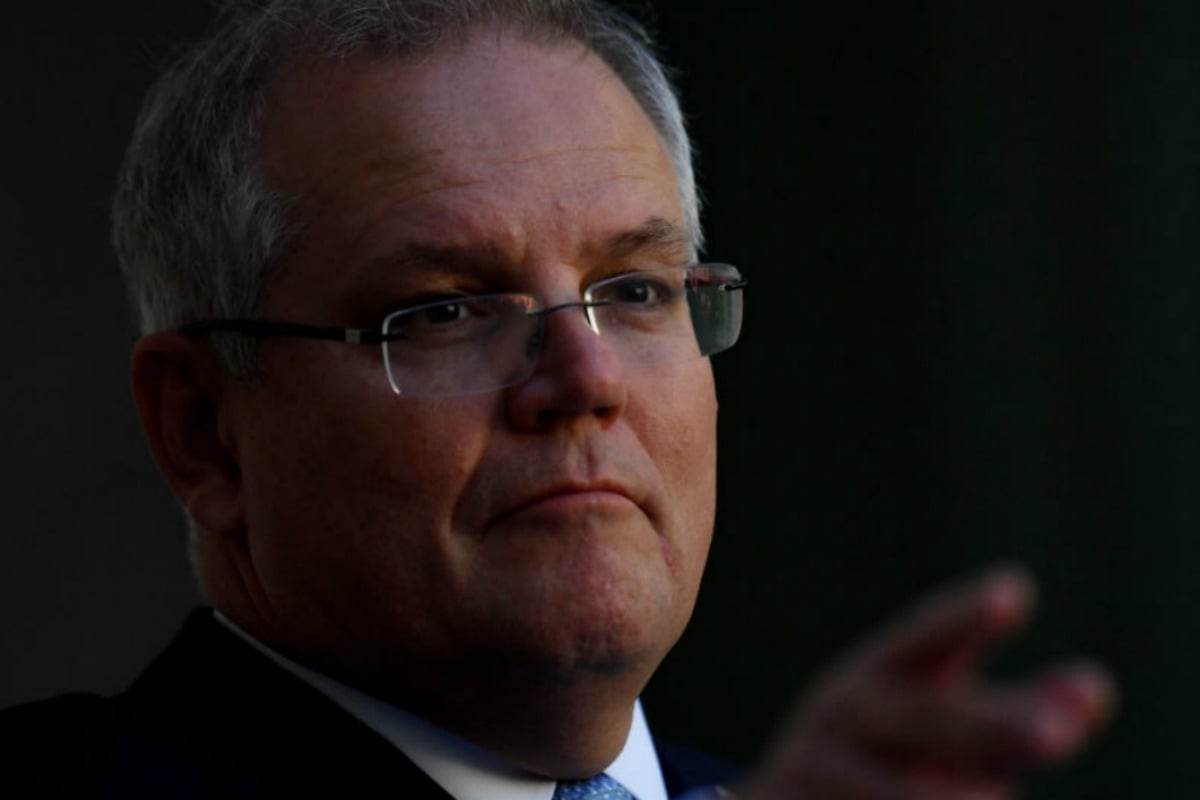
Australians immersed in the news about the COVID-19 pandemic are seeing more and more headlines shouting “lockdown”.
Only, they don’t apply to us.
China, Italy, France, South Africa, India and the UK, are among several countries that have closed all non-essential services, shut schools and forced people to stay inside their homes.
Your questions about COVID-19, answered.
Most have been battling the virus for longer and have far more cases than Australia, but this week, even New Zealand — which has so far recorded just 205 cases and no deaths — joined them.
So, as the world locks down around us, many Australians are wondering why our Government isn’t doing the same.
Let’s take a look at who makes that decision, how, and what the response has been.
Who decides how Australia responds to coronavirus?
The way Australia responds to the COVID-19 pandemic is considered by the National Cabinet, a forum that consists of the Prime Minister and the leaders (Premiers and Chief Ministers) of each state and territory.
Created on March 13 to respond to the novel coronavirus crisis, it operates with a coordinated, whole-of-government approach, the likes of which haven’t been seen since WWII.

Top Comments
It's all just speculation, from al sides, as no one really knows what will be effective or not and they are all just educated guesses.
I've read scientific reports saying that even if you did total lockdown, the steep curve would start again as soon as it was over anyway, so unless you plan on locking people up forever it will only delay the inevitable.
No matter which way the government goes everyone will criticise so they are really damned either way.
I know - NZ might have to close their borders until a vaccine is available! Crazy
Brendan Murphy requested a panel of experts from the Group of 8 universities to advise them WRT coronavirus response. That panel strongly recommended immediate closures of schools and very much more draconian shut-downs - now. The government decided to disregard that advice. It is important that journalists report that, because we're about to see if they made the right decision to ignore that panel.
He also appointed other panels to advise. Go8 were just one of three or four. And the Go8 were not in unanimous agreement.
The same Group of 8 who no doubt insisted the Government let 30,000 international students back into Australia. Experts who sit in their 'ivory towers' who have a secure income and who would usually dismiss working class Australians as uneducated bogans and who have no idea of economic hardship.
Panels rarely reach unanimous agreements, but the Go8 released a strong consensus. Read the document.
If you're going to start getting anti-intellectual about this issue, then we're all lost. Hope you value the education and skill of all those "ivory tower" healthcare workers - all of whom resoundingly want wider restrictions - as they bail this country out of the shit the government is creating.